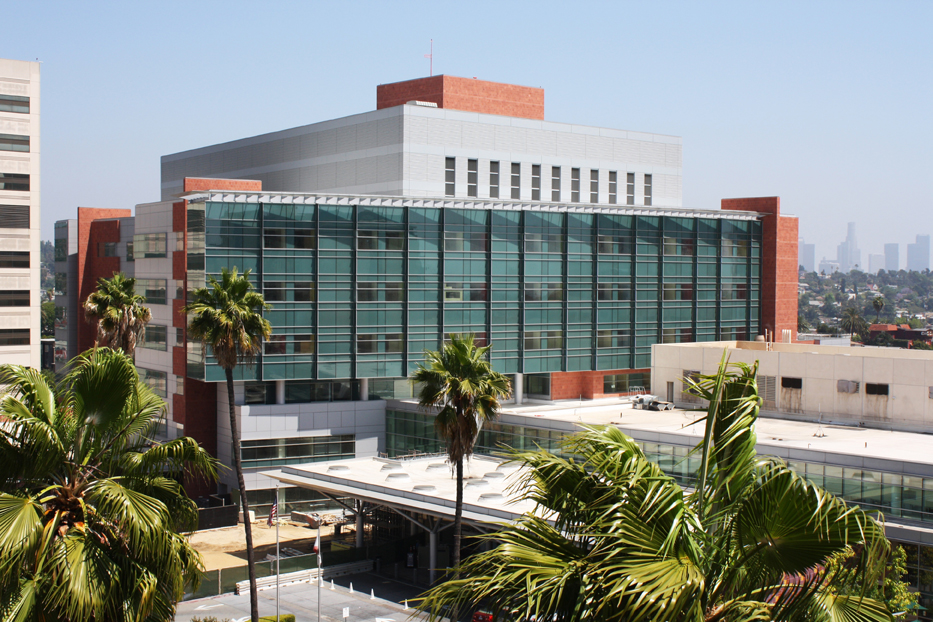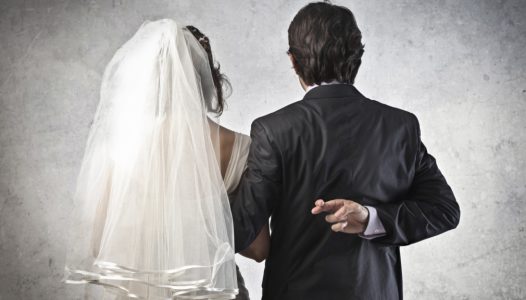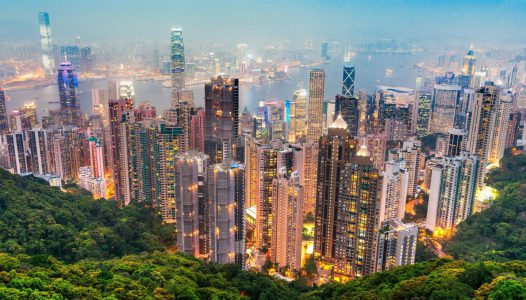by Dina-Perla Portnaar
Risk, governance and compliance in the financial sector remain our flagship. Banking and finance has been part of our DNA for many years. The publisher of the Risk & Compliance Platform Europe, Michel Klompmaker, used to be the publisher of a title – literally – called Banking & Finance. On top of that, the Risk & Compliance Platform Europe has a community of excellent relations with many leaders, top decision makers, professionals and regulators in the financial world. Also, in the past sixteen years, the domains in which I worked the most have been IT/tech and finance. With that said, some of our readers aren’t aware of the fact that the Risk & Compliance Platform Europe has a global community in all sorts of verticals. It focuses on risk and integrity in a broader sense – healthcare, export, logistics, customs, property and housing associations, entrepreneurship, government, managing consulting, social, society and so on and so forth. The field of risk and integrity opens up discussions on behaviour within a variety of private and public institutions and on an individual and collective level. The Risk & Compliance Platform Europe is not just about the business world.
Part of risk and integrity is the theme of child abuse, which is one of the least attractive subjects in the public debate. A lot of the times, if a survivor speaks out on child abuse in public, he or she is met with an enormous amount of stigma, pity and doubt on whether everything is going well with him or her. Such a survivor must be harmed for life, right? I have to admit that it depends on what part of the world child abuse occurs in. The United States values survivors who speak out on their experiences or writers of autobiographies much more than the Netherlands does, for example.
Also, people don’t let the theme of child abuse really get through to them. Oftentimes, child abuse is even left out of the media, because it is perceived as a small, private and complicated matter.
I am here to tell you
I am here to tell you that I think such stigmatisation is absolutely wrong and outdated, especially in times of COVID-19 and lockdowns, which constitute the ideal conditions for danger; the trapping and injustice of domestic violence, making children one of the most vulnerable groups in society (other groups being the elderly and animals).
I am here to tell you that survivors of abuse are not forlorn. I learned very early on that I needed to take care of myself and that no one would take on that task. I always knew my true worth, even in the midst of severe abuse which should have convinced me of the opposite. I learned early on that the definition of family isn’t biological relatives, but people who are worthy of your love, time and energy and that are there for you no matter what. Throughout the years, I learned that it is totally OK to let go of some family or friends when I wanted and needed to.
I am here to tell you that mental and intellectual strength allowed me to build up a happy, beautiful, grateful and worthy life. That it allowed me to give myself everything I needed in times of child abuse later on in life. That it allowed me to heal from everything and have a lot of inner peace. That we are not just a small piece of what happens to us and mostly, that we have a choice to use something for us and collectively for society.
Mental strength was pretty much a miracle in the midst of the storm. As TEDxAmsterdamWomen’s representative Marian Spier once told me: “you are a miracle” (I recently expressed my gratitude to her, because years ago, I didn’t fully comprehend the grandeur of that statement). After the storm, it can be maintained through mind building, which is fascinating. Intellectual intelligence is genetics, thanks to my father. Combined, you could call it a highly intelligent cocktail.
All because of stigma
In the second quarter of 2021, a Dutch television production will be broadcasting my story on the back of my book called Exodus uit de vuurtoren, Schaduw achter en gezicht naar de zon, translated: Exodus from the lighthouse, Shadow behind and face towards the sun. Details will be made public later on. Sometime after filming, the producer sent me the link to a Netflix production called The trials of Gabriel Fernandez. He already watched Unorthodox and One of Us. He said: “this series of six episodes made me understand what you have been through even better. I never want to watch it again, but I am glad that I did. I think everyone should watch it”. Of course I did.
Unfortunately, there are too many Gabriel Fernandez’ all over the world, whose lives are brutally taken, destroyed, shaped or worked against, who will never have a face and receive the public recognition they deserve. The majority of the Gabriel Fernandez’ who do survive, will heal and move on, but will never do anything with their history, let alone speak out in public – all because of stigma. They feel that speaking out wouldn’t just influence their lives, but also entire family structures throughout many generations and of the other people involved. Or, speaking out would get extinguished by third parties with certain interests.
I am Gabriel Fernandez
To some extent, I am Gabriel Fernandez:
- His mother and stepfather bonded over the torture of Gabriel. My mother and half-brother had the same dynamic, strengthening each other’s actions, stirring each other up and enjoying the pleasure of joint-humiliation.
- The baseball sticks were the rolling pin and crutches in my story.
- The cabinet was the stairway, cellar or cabinet in between the stairs and toilet in my story.
- They tried to wake Gabriel up when he was unconscious, by putting him under the cold shower. I was held against a chair and my hair was combed to get me back.
- The good grades and passion for learning were keeping Gabriel positive and motivated. That way, he would “make something out of himself”. During the entire series, I was completely calm, I wasn’t triggered and in fact, I felt a lot of pride. You did good kid, I said to myself. However, when Gabriel’s classmate talked about Gabriel’s wish “to make something out of himself”, I broke. Gabriel never got the chance “to make something out of himself” and to live a life according to his true worth.
- The atrocity of feeding Gabriel cat litter and pee, of making him wear dresses and tyrannise him by claiming that he was gay, the shots of the BB-gun and using his body as an ashtray were foreign to me. The closest comparison I can come up with is bad or not enough food –dairy products that were well expired and junk food like cake, threats with a knife and tyrannising me by screaming content that cannot be imagined by sane people.
- The biggest differences between Gabriel and I are the role of religion and a closed community in my story and that I have known some periods of love, even though those phases of good would never undo the severity of the bad.
- And then the institutionalised failure… We need to change – on a global scale. The case of Gabriel Fernandez is the first time in American history in which workers of child protection organisations were taken to court for their failings. However, they were let go because of their so called lack of authority to take (appropriate) action. Institutionalised failure and a lack of common decency and humanity from bystanders who should act immediately are immense risks and integrity issues.
- Similar to Gabriel Fernandez, many people knew about me, especially the board of directors of the Jewish orthodox school in Amsterdam called the Cheider.
- After publishing my book and talking about bits of this story in the public debate – not yet thought leadership, but pieces of history and how trauma works, a school teacher who felt so guilty told me with tears in her eyes that they were talking about my case when I was just five years old. She wanted to be forgiven for not taking appropriate actions. Gabriel’s teacher felt so much guilt for not doing enough, that she would never give table 28 to another student in her class. Table 28 became a memorial symbol for Gabriel. A part of me thinks: oh, f*ck off.
- I never pointed the finger to anyone from the past. I made sure to take responsibility for my own life, to expect zero from those figures and that old community and to empower myself through civilised and wonderful people outside of that old community, through hard work and sustaining personal growth. In that journey, I also tried to empower others. However, I am pointing fingers when it comes to the fact that responsible people looked away and shoved things under the rug, which resulted in me not having been removed from my mother’s home and long-term in not having a biological child. If that will truly be the final outcome in an x amount of years, there will be no amends for that. The beauty of it all is that this is my drive for collective change. Besides, I was never met with a financial compensation for the damage caused and the aftermath.
- Gabriel Fernandez should have been removed from his toxic environment as soon as possible. In fact, he shouldn’t have been sent back to live with his sick, evil and manipulative mother in the first place. If I would notice an endangered child, I would do anything and more to remove the child from that nest. But hey, it takes one to know one. I know that children are from all of us and not the parents’ possession. Gabriel Fernandez was never compensated. However, Gabriel will be remembered and celebrated all over the world for many, many years to come. He will be loved for a very long time, even though collective change did not really take place. Hence, my initiative to write this article.
Make sure to watch the series on Netflix sometime when you can, and to not be a bystander, but a participator in life and to take a stand against institutionalised failure. Let’s minimalise risks and act for those who need us now.
What hurts the victim most is not the cruelty of the oppressor but the silence of the bystander ~ Elie Wiesel
Photo: The Children’s Hospital in Los Angeles where Gabriel Fernandez died.







Pingback: The trials of Gabriel Fernandez | Dina-Perla Books | living gracefully